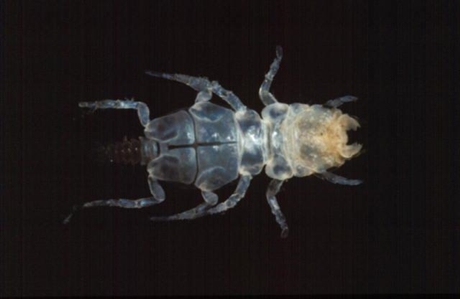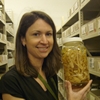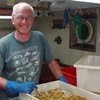General Description
Body setose, especially anteriorly; mandibles with mandibular setae, blade slightly asssymetrical, produced; posterior cephalon with small tubercle. Cephalon roughly quadrilateral with 3 furrows, 2 mesiolateral and 1 medially; pylopod 2-articled. Mandibles lacking internal lobe; pereon width not steadily increasing posteriorly; pereonite 4 with anterior spine; pereonite 6 without lobuii or at most with simple, rounded lobuii only. Pleotelson subtriangular. Up to 5 mm long.
Biology
Caecognathia huberia belongs to a family of isopods in which the male burrows in sediment and has a huge head with large jaws, the female has a smaller head and carries eggs. The male maintains a harem of females in a communal burrow in sandy rubble or algae. They are commonly known as sea mites as the juvenile stage lives attached to the skin of a fish where it feeds on blood and mucus which it obtains with sharp little jaws.
Habitat
Intertidal to 800 m depth.
Reefs
Distribution guide
Southern Australia.
Species Group
Depth
Shallow (1-30 m)
Deep ( > 30 m)
Water Column
Max Size
5 mm
Diet
Organic matter
Commercial Species
No
Global Dispersal
Recorded in Australia
Species Code
MoV 254
Conservation Status
- DSE Advisory List : Not listed
- EPBC Act 1999 : Not listed
- IUCN Red List : Not listed







